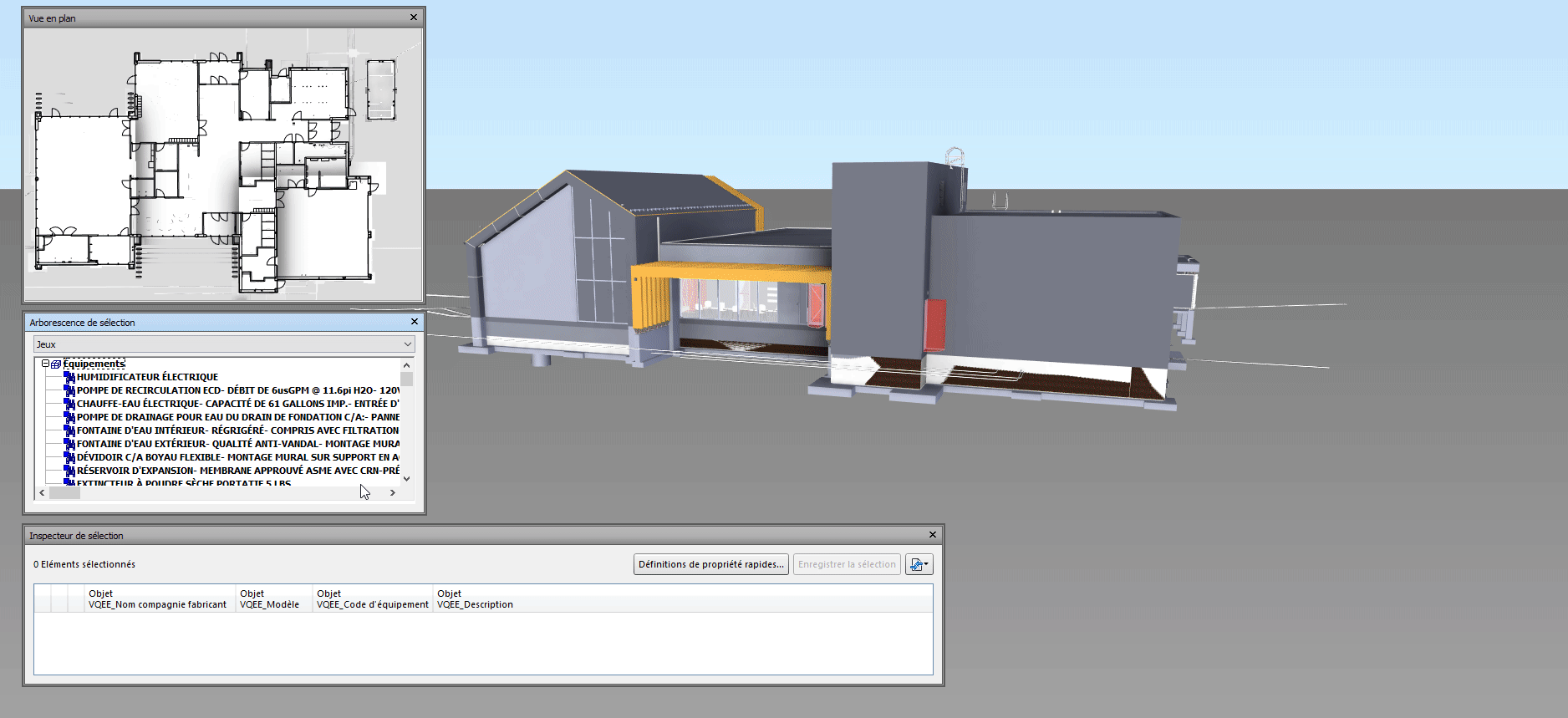BIM does not just describe the process of today’s way of delivering AECOO projects.
BIM is also the foundation of how we deliver projects and is the basis upon which we build layers upon layers of data and information, often using multiple applications. From coast to coast, many still forget the “I” in BIM, and it remains the key to going beyond simple design and drawing documentation.
When we talk about BIM, the emphasis should be on the information required to execute and manage a project. Otherwise, we are just using BIM as a design tool and underutilizing the vast potential of this amazing resource. We have come across AECOO firms that genuinely believe themselves as being fully BIM capable, when their staff is using BIM as a 3D modeling application to serve the development of construction documentation and visualization. They are not exploiting the full potential of the model, they are simply Building Modeling rather than Building Information Modeling.
Sure, BIM can help you convey the design intent to your clients, however, this is a gross underutilization of this powerful approach.
Some real potential right there!
Utilize the information within your model to provide additional value to the owner; check in and analyze the model to fully interpret the concept developed. Easily improve and even automate processes such as space programming, quantification, design options, and also building performance elements such as solar studies, lighting analysis, and heating/cooling effects.

All of which are simply achievable by using the functionalities of one software, this is low hanging fruit, along with the benefits of verifying constructability using tools such as 3D coordination, clash detection and construction sequencing. But capitalizing on these opportunities only represents a small fraction of all your BIM potential. And yet to harvest, is the post-construction utilization of BIM!

Simple deliverables of structured data and information to the owner/operator can provide additional value to a project. Government authorities can (and are) taking advantage of BIM for city planning, strategic development, asset management and the implementation of Smart Cities.

As the industry matures, so does the need of our deliverables. Our BIM maturity therefore needs to keep inline with the growing needs and demands of our projects. If we don’t keep up, we fall behind and then it becomes a challenge to catch up.

What if we switched our mindset and thought BIM as a digital project delivery?
We associate BIM with Digital Project Delivery to help our clients better understand the full potential of BIM. We have an opportunity to educate our clients on how to manage the “I” in BIM, in accordance with the information management concepts conveyed within ISO 19650. This is another perspective on the processes of design, construction, building operation and asset management, it is through this collaborative approach that these benefits can be realized.
New technologies, processes, and uses of BIM are emerging every day
The point is if you are just using BIM as a design tool, there is value left on the table. Start right now to exploit your model’s data as there is much more to come as our industry is growing and evolving rapidly. Whether you are an architect, engineer, constructor, owner or operator, look at ways you can improve on the utilization of your BIM, and see your business grow! If need be, check how we can help you to achieve the full potential of your BIM.



